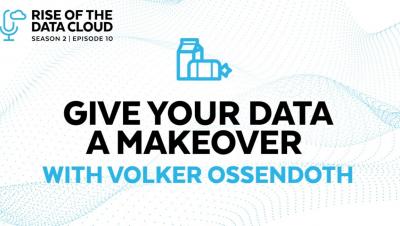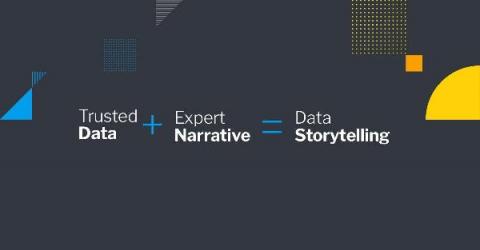Cloudera DataFlow for the Public Cloud: A technical deep dive
We just announced Cloudera DataFlow for the Public Cloud (CDF-PC), the first cloud-native runtime for Apache NiFi data flows. CDF-PC enables Apache NiFi users to run their existing data flows on a managed, auto-scaling platform with a streamlined way to deploy NiFi data flows and a central monitoring dashboard making it easier than ever before to operate NiFi data flows at scale in the public cloud.









